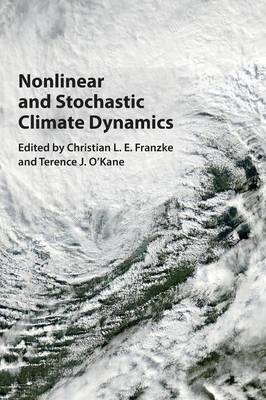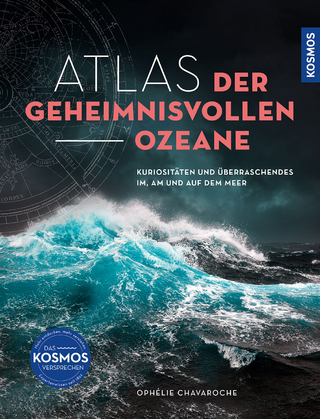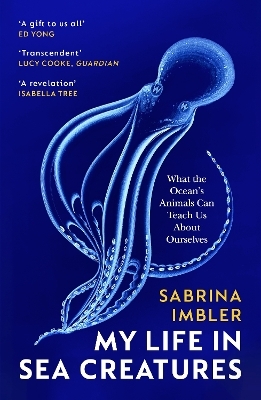
Nonlinear and Stochastic Climate Dynamics
Cambridge University Press (Verlag)
978-1-107-11814-0 (ISBN)
It is now widely recognized that the climate system is governed by nonlinear, multi-scale processes, whereby memory effects and stochastic forcing by fast processes, such as weather and convective systems, can induce regime behavior. Motivated by present difficulties in understanding the climate system and to aid the improvement of numerical weather and climate models, this book gathers contributions from mathematics, physics and climate science to highlight the latest developments and current research questions in nonlinear and stochastic climate dynamics. Leading researchers discuss some of the most challenging and exciting areas of research in the mathematical geosciences, such as the theory of tipping points and of extreme events including spatial extremes, climate networks, data assimilation and dynamical systems. This book provides graduate students and researchers with a broad overview of the physical climate system and introduces powerful data analysis and modeling methods for climate scientists and applied mathematicians.
Christian L. E. Franzke is a research scientist at Universität Hamburg. His research interests include nonlinear atmospheric and climate dynamics, weather and climate risks, dynamics of extreme events, and stochastic and multi-scale modelling. He has developed new methods for the nonlinear analysis of paleoclimate data, station data and climate model data, and has developed nonlinear stochastic climate models. Terence J. O'Kane is an Australian Research Council Future Fellow, a principal research scientist at the Commonwealth Scientific and Industrial Research Organisation, Canberra, and Adjunct Professor in Mathematics at the University of Tasmania. His research interests include the statistical mechanics and dynamics of geophysical flows, climate dynamics and variability, ensemble prediction and data assimilation, and time series analysis. He has worked on all aspects of weather prediction including the theory, modelling and operational implementation of ensemble systems. In 2013 he was awarded the J. H. Michell Medal by the Australian Mathematics Society for outstanding research.
Preface; 1. Challenges for ice age dynamics: a dynamical systems perspective Michel Crucifix, Guillaume Lenoir and Takahito Mitsui; 2. Tipping points in the climate system Peter Ditlevsen; 3. Atmospheric teleconnection patterns Steven B. Feldstein and Christian L. E. Franzke; 4. Atmospheric regimes: the link between weather and the large scale circulation David M. Straus, Franco Molteni and Susanna Corti; 5. Low-frequency regime transitions and predictability of regimes in a barotropic model Balu T. Nadiga and Terence J. O'Kane; 6. Complex network techniques for climatological data analysis Reik V. Donner, Marc Wiedermann and Jonathan F. Donges; 7. On inference and validation of causality relations in climate teleconnections Illia Horenko, Susanne Gerber, Terence J. O'Kane, James S. Risbey and Didier P. Monselesan; 8. Stochastic climate theory Georg A. Gottwald, Daan T. Crommelin and Christian L. E. Franzke; 9. Stochastic subgrid modelling for geophysical and three-dimensional turbulence Jorgen S. Frederiksen, Vassili Kitsios, Terence J. O'Kane and Meelis J. Zidikheri; 10. Model error in data assimilation John Harlim; 11. Long-term memory in climate: detection, extreme events, and significance of trends Armin Bunde and Josef Ludescher; 12. Fractional stochastic models for heavy tailed, and long-range dependent, fluctuations in physical systems Nicholas Watkins; 13. Modelling spatial extremes using max-stable process Mathieu Ribatet; 14. Extreme value analysis in dynamical systems: two case studies Tamás Bódai; Index.
| Erscheinungsdatum | 30.01.2018 |
|---|---|
| Zusatzinfo | 78 Halftones, color; 45 Line drawings, black and white |
| Verlagsort | Cambridge |
| Sprache | englisch |
| Maße | 186 x 263 mm |
| Gewicht | 1060 g |
| Themenwelt | Mathematik / Informatik ► Mathematik |
| Naturwissenschaften ► Geowissenschaften ► Hydrologie / Ozeanografie | |
| Naturwissenschaften ► Geowissenschaften ► Meteorologie / Klimatologie | |
| Naturwissenschaften ► Physik / Astronomie ► Angewandte Physik | |
| ISBN-10 | 1-107-11814-X / 110711814X |
| ISBN-13 | 978-1-107-11814-0 / 9781107118140 |
| Zustand | Neuware |
| Haben Sie eine Frage zum Produkt? |
aus dem Bereich


